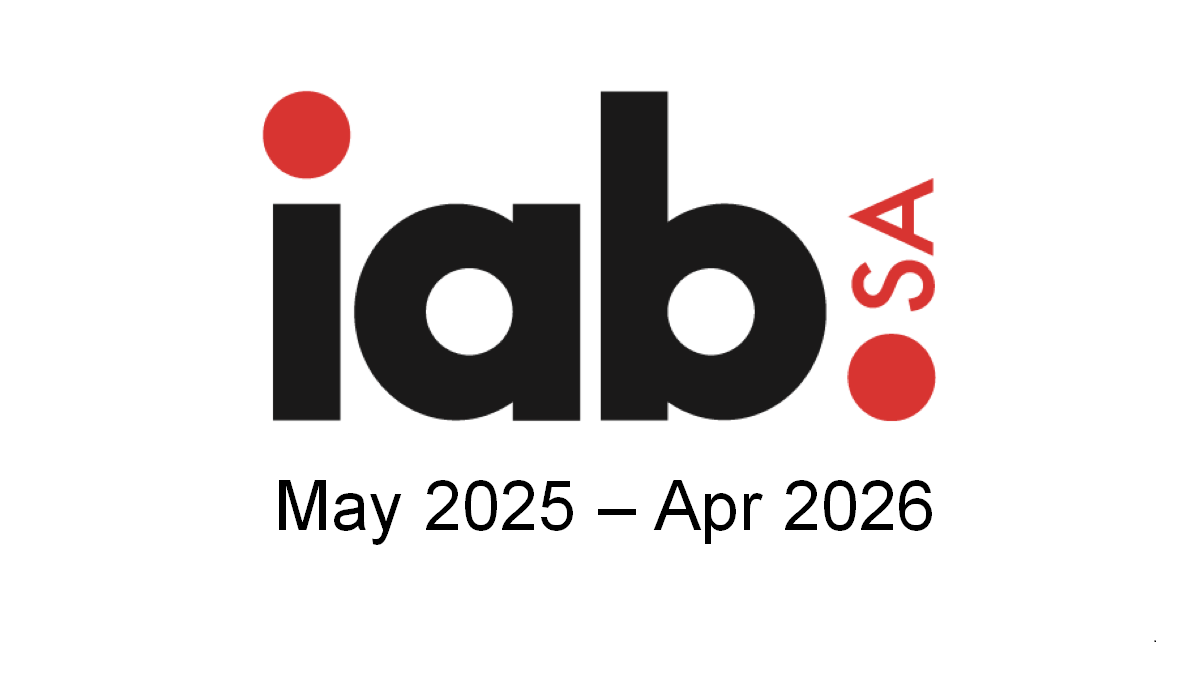The Department of Sports, Arts and Culture is preparing to repatriate human remains which were allegedly stolen from the graves in Port Alfred, in the Eastern Cape.
EFF’s Eugene Mthethwa, who is a member of parliament’s Portfolio Committee for Sports Arts and Culture, said that the human remains are currently kept in many European and North American museums waiting to be repatriated to South Africa.
“Bringing back the human remains is of great importance for the South Africans. But more importantly for the families. There’s a sentimental value attached to it. So far, we’ve seen the government repatriating only people who died in exile. But the truth is that not all of them were exiled,” said Mthethwa.
Five human skulls
He said that the five human skulls were part of the skull-for-a-skull exchange project, known as the Port Alfred 5. The exchange was between the Albany Museum in Makhanda and Smithsonian Institution in Washington DC. And it was done for pseudo-scientific race purposes, around 1910.
The Minister of Sports Arts and Culture, Gayton McKenzie, said that he is already in talks with the Smithsonian Institution to repatriate the skulls.
“The Albany museum and the South African Heritage Resources Agency (Sahra) have met with the Smithsonian Institution to discuss the repatriation of the five human remains removed from Port Alfred and taken to the Smithsonian Institution,” he said.
He said that the reverse exchange will be managed in two phases.
“Phase one is the return of the human remains of the five persons whose remains were removed from Port Alfred, back to South Africa,” said McKenzie.
Unethically taken from South Africa
“In terms of phase two, which is the repatriation of the heads of the Peruvian individuals that were illegally donated to the Albany Museum from the Smithsonian Institution, a decision will need to be made whether the remains will be repatriated to Peru or become part of the larger South American collection that has been identified for repatriation by the Smithsonian Institution,” he explained.
McKenzie further acknowledged that there are human remains that were unethically acquired from South Africa.
“The Repatriation and Restitution Office (RRO) of the [Sahra] and the department are in the process of compiling a list of unethically acquired human remains currently in the care of museums and universities or medical schools in Europe and North America.”
Australian Museum
To date, the Australian Museum has four sets of partial skeletal remains.
“The Albany Museum and the Smithsonian Institution will do a reverse-exchange for the repatriation of the five human remains of persons illegally removed from Port Nolloth, and the Peruvian heads that are currently in the care of the Albany Museum,” said McKenzie.
He said that the Hunterian Museum at the Glasgow Museum, Scotland, has San humans in their collection.
Restitution law to return treasures from around the world
Harvard University in the US is known to have the human remains of Yanghis Stuurman.
He said that the Göttingen University and Charite Berlin, a University Hospital in Berlin, Germany, have ancestral mortal remains. And the Horniman Museum in London has San human remains.
A cultural expert, Prof Musa Xulu, said that it is not only the human remains that need to be brought home.
“I can confirm that other materials include traditional attire. All these are kept in their museums. There’s been talks going on and no one is resisting. It’s just a matter of coordinating the process. Otherwise other countries are already running with the process,” said Xulu.
Taken as spoils of wars during the colonial era
“According to the State of the African Diaspora (SOAD), the 6th Region of the African Union, 95% of the cultural treasures of the African Heritage artefacts are out of Africa. They were taken by force or as spoils of wars during the colonial era.
“These include human remains, cultural weapons, indigenous furniture and other tangible objects which used to define the pre-colonial ways of indigenous life in Africa,” said Xulu.
“Most of these cultural artefacts are today to be found in European museums. These include the Tervuren Museum in Brussels, Belgium and the Musee du Quai Branly Museum in Paris, France. The British Museum in London and many other similar Museums in the US and other parts of the world.
Sarah Baartman’s remains returned in 2002
“The European Parliament has passed the restitution law to make it possible for these treasures to be returned. The remains of Sarah Baartman were repatriated to South Africa in 2002. Her body had been exhibited in London and Paris since the early 1800s,” he continued.
He said that the State of the African Diaspora of the African has prioritised the repatriation of all the stolen treasures. They are to be repatriated to their original countries in Africa as a priority programme. And the programme is led by its Prime Minister, Dr Louis-Georges Tin.
Benin has benefited from this initiative.
Repatriation of cultural artefacts
“In relation to the Zulu artefacts mainly taken during and after the Anglo Zulu War (1879), there has not yet been any finalised arrangements for the repatriation of the cultural treasures and artefacts, mainly from the British museum. Repatriation of cultural artefacts is one of the ways of manifesting peace and reconciliation among formerly contesting parties,” he said.



